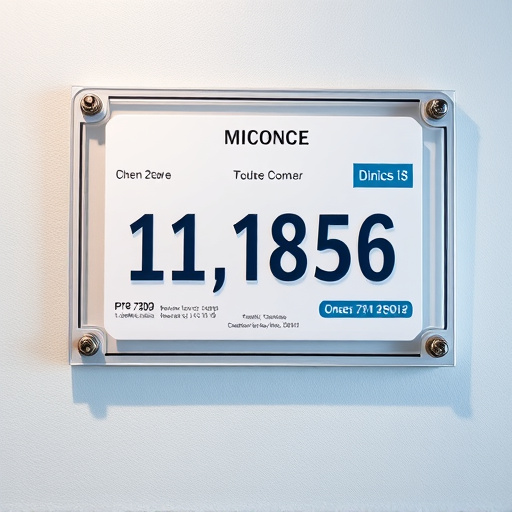Heat soak, caused by high engine temperatures, can harm performance and efficiency. Engineers combat this using engine bay temperature reduction and optimized intake systems. These methods draw in cooler air and block sunlight to maintain optimal temps, preventing component damage, enhancing fuel efficiency, and prolonging engine life. Intake optimization focuses on efficient airflow, lightweight materials, and strategic placement to minimize heat transfer, ensuring a healthier operating environment.
In the pursuit of optimal engine performance, heat soak prevention is a crucial aspect often overlooked. This article delves into the intricacies of understanding and mitigating heat soak—a common issue that can significantly impact engine efficiency. We explore effective strategies for engine bay temperature reduction, focusing on innovative techniques to cool critical components. Additionally, we optimize intake systems, emphasizing their role in enhancing cooling within the engine bay for a more robust and reliable performance.
- Understanding Heat Soak and Its Impact on Engine Performance
- Engine Bay Temperature Reduction Techniques and Strategies
- Optimizing Intake Systems for Efficient Cooling in the Engine Bay
Understanding Heat Soak and Its Impact on Engine Performance

Heat soak, a phenomenon where an engine’s internal components become excessively hot due to prolonged exposure to high operating temperatures, can significantly impact its performance and efficiency. In simple terms, when an engine runs for extended periods under heavy load or in extreme environmental conditions, it retains heat within its core, leading to what is known as ‘heat soak’. This retained heat increases the overall temperature of critical components, such as cylinder walls, pistons, and valves, causing them to expand and potentially deform.
The consequences of heat soak are far-reaching; it can lead to decreased engine power, reduced fuel efficiency, and even damage to sensitive parts. To combat this issue, engineers often focus on strategies like engine bay temperature reduction and the use of optimized intakes. By implementing these designs, the overall operating temperature is kept in check, ensuring optimal performance and longevity of the engine components.
Engine Bay Temperature Reduction Techniques and Strategies

In the quest for efficient heat soak prevention, engine bay temperature reduction is a key strategy. One effective technique involves employing specialized intake systems. These are designed to draw in cooler air from specific areas, such as beneath the vehicle or in adjacent well-ventilated spaces, thereby reducing the overall temperature of the engine bay. By ensuring that the engine receives cooler, denser air, these intakes can lower operational temperatures and minimize heat soak issues.
Additionally, strategic placement of insulation and reflective materials within the engine bay can further impede heat transfer. This includes using insulated panels to block direct sunlight and high-temperature exhaust components from heating surrounding areas. By creating a more controlled environment, these strategies contribute significantly to maintaining optimal operating temperatures and enhancing overall engine performance.
Optimizing Intake Systems for Efficient Cooling in the Engine Bay

Optimizing intake systems is a key strategy in heat soak prevention, focusing on efficient cooling within the engine bay. By designing intakes with enhanced airflow and strategic placement, engineers can significantly reduce the temperature rise of the engine. This involves selecting materials that promote air flow and minimize heat transfer, such as lightweight alloys or specific plastic composites. Additionally, carefully routing intake hoses and ensuring adequate clearance from hot components in the engine bay helps to draw in cooler outside air, thereby lowering the overall temperature.
Effective cooling is crucial for maintaining optimal engine performance and longevity. Heat soak prevention through optimized intake systems not only reduces the risk of premature component failure but also contributes to fuel efficiency. By keeping the engine bay at a healthier operating temperature, these designs enable the engine to run more efficiently, reducing wear and tear and minimizing environmental impact.
By implementing effective engine bay temperature reduction techniques, such as optimizing intake systems for enhanced cooling, vehicles can mitigate heat soak issues. These strategies not only improve engine performance but also contribute to overall vehicle efficiency and longevity. Incorporating these designs allows for a more robust and responsive driving experience, ensuring that motorsports enthusiasts and everyday drivers alike benefit from a cooler, better-performing engine bay.














